What to plant under arborvitae?
garystpaul
10 years ago
Featured Answer
Comments (10)
garystpaul
10 years agoRelated Professionals
Harrison Landscape Architects & Landscape Designers · Gainesville Landscape Contractors · Manchester Landscape Contractors · Springfield Landscape Contractors · Bound Brook Landscape Contractors · Brandon Landscape Contractors · Brookfield Landscape Contractors · Louisville Landscape Contractors · Lynn Landscape Contractors · Mastic Beach Landscape Contractors · Maywood Landscape Contractors · New Berlin Landscape Contractors · North Canton Landscape Contractors · Raleigh Landscape Contractors · Wickliffe Landscape Contractorslinaria_gw
10 years agolaceyvail 6A, WV
10 years agoNHBabs z4b-5a NH
10 years agogardenweed_z6a
10 years agoken_adrian Adrian MI cold Z5
10 years agogarystpaul
10 years agojebfarm
10 years agogardenweed_z6a
10 years ago
Related Stories
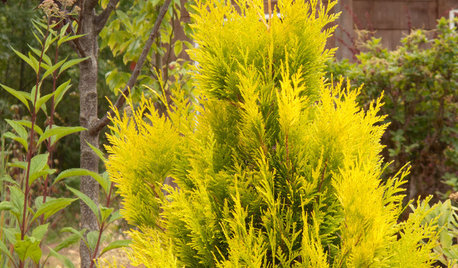
FOLIAGEGreat Design Plant: 'Forever Goldie' Arborvitae
As soft as a teddy bear, this golden conifer adds year-round interest to the garden
Full Story
GARDENING GUIDESPrunus Virginiana Thrives Under Deciduous Trees
Plant chokecherry for showy white flowers favored by native bees in spring, and to provide nesting habitat and food for birds
Full Story
SHOP HOUZZShop Houzz: Bestselling Faux Florals and Plants Under $100
Revitalize your space with lifelike blooms and plants
Full Story0
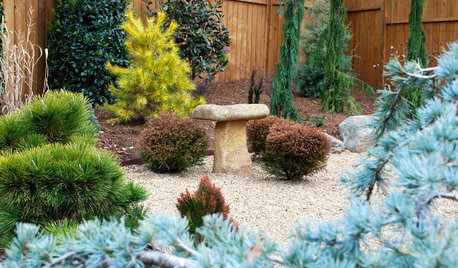
GARDENING GUIDESGreat Design Plant: Thuja Occidentalis ‘Bobozam’
Sculptural, diminutive and low maintenance, Mr. Bowling Ball arborvitae works hard in small spaces
Full Story
GARDENING GUIDESGreat Garden Combo: 3 Wonderful Plants for a Deer-Resistant Screen
Protect your privacy and keep deer at bay with a planting trio that turns a problem garden area into a highlight
Full Story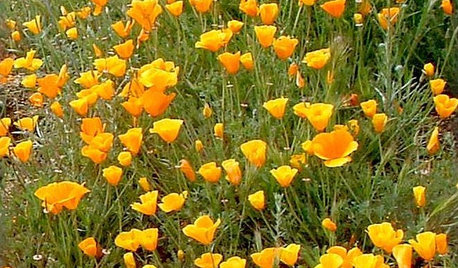
GARDENING GUIDESGreat Design Plant: California Poppy
Fall planting: California's state flower offers a glorious spring show and spreads readily in gardens under the right conditions
Full Story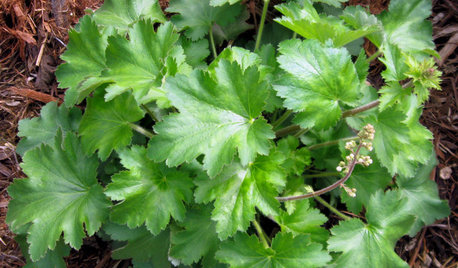
GARDENING GUIDESGreat Design Plant: Island Alumroot
Shade tolerance and resilience make this California native a natural for planting under oaks and other canopy trees
Full Story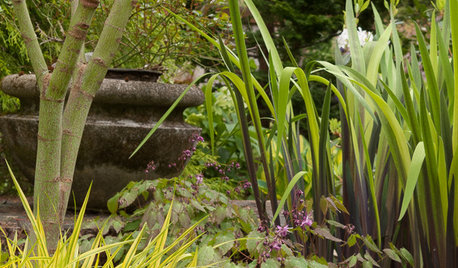
PLANTING IDEASA Great Spring Plant Combo for Dappled Shade
Time these ephemeral beauties right to watch them play off one another under a canopy of deciduous trees
Full Story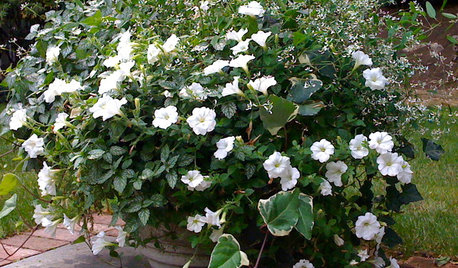
GARDENING GUIDES11 Perfect Plants for a Moonlit Garden — in Pots
Create an alluring after-dark aura on a patio or deck with container plants that glow white under the stars
Full Story
GARDENING GUIDESHouzz TV: Make a Worm Bin for Rich Soil and Happy Plants
A worm-powered compost bin that can fit under a sink turns food scraps into a powerful amendment for your garden. Here’s how to make one
Full Story






gardenweed_z6a